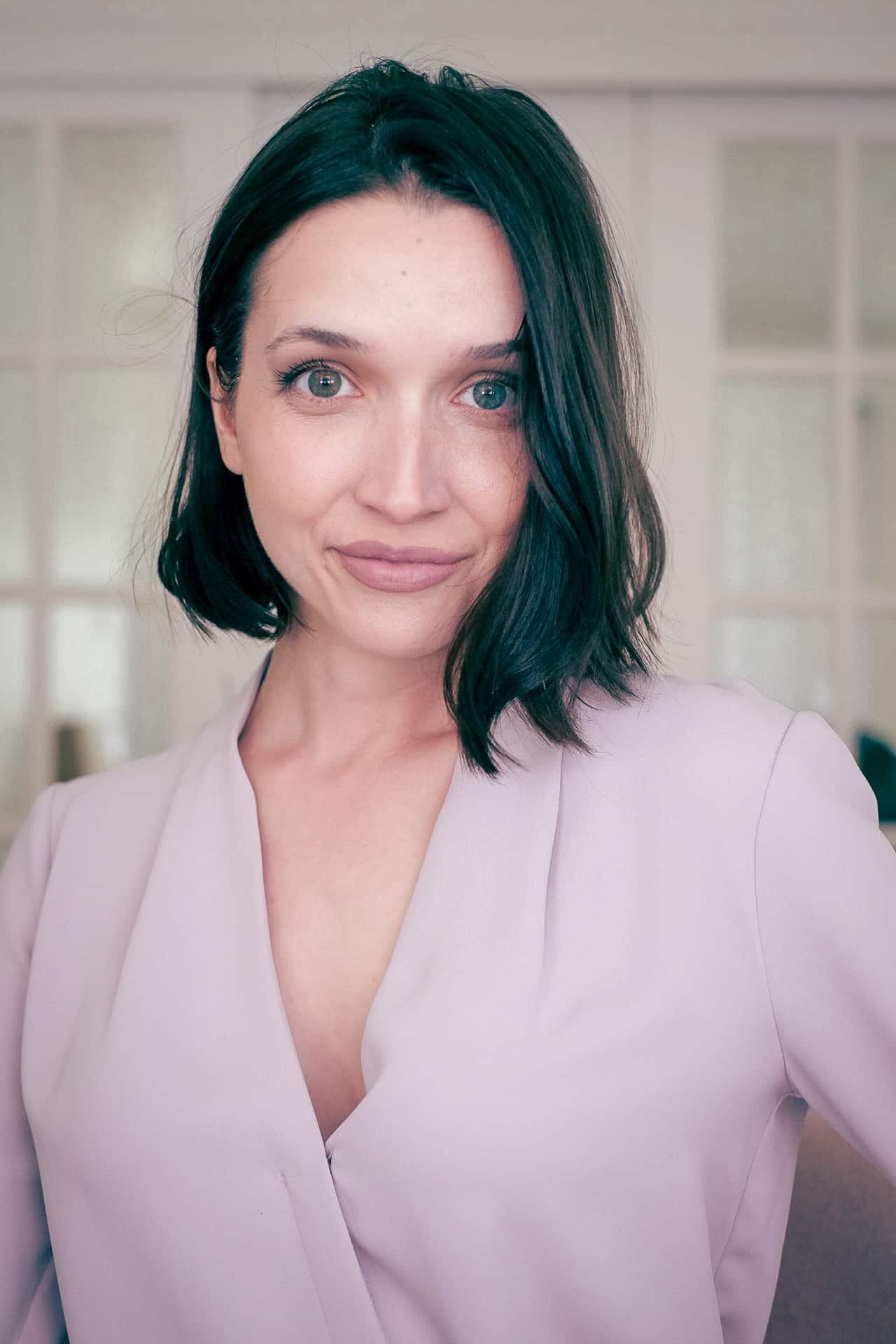Last Updated on
If you find yourself wanting to work for yourself and make extra money from home, you might not know where to start. Today, I will be discussing how to start freelancing so that you know the exact steps to take to begin your freelancing career!
A freelancing career is a very attractive career-choice for many people. The ability to choose your own hours and work from home (and in your pj’s with a glass of wine?) is very appealing, especially the PJ + vino part.
In fact, in 2016 freelancers made up 35% of the workforce in the US – proving that freelancing is a growing sector.
A great thing about freelancing is that you get to choose your own hours which means you do not need to quit your day job until you are ready.
Many people start out freelancing after work hours in order to build up a client list before they take the plunge and quit their full-time job.
And this is incredibly smart.
Your bills aren’t going to stop coming in but if you quit your job before you have steady work from your freelance business, you may find yourself stressed out over paying your bills.
Step 1: Define Your Goal With Your Freelancing Business
When you first start freelancing, it’s a good idea to set some goals.
- Are you hoping to work full-time so that you can eventually quit your job?
- Would you like to just work part-time?
- Do you want to make a six-figure income freelancing?
Your goals will help you understand what you need to complete in order to run a successful freelance business. When coming up with goals for your freelance business, first define the overall all-encompassing goals. This will be very broad such as “I want to be able to quit my current job and make $60,000 per year freelancing”.
Once you have decided upon your overall goal, you will want to break that goal up into smaller goals. These smaller goals will be ones that you can achieve shortly after you start freelancing, and will help you reach your overall goals.
So in our goal above, what does a $60,000 salary freelance business look like? Is that 10 clients a month? 2 clients a month? How will you get those clients? Will you have to attend 2 monthly networking events? Will you have to put out ads? How many hours per week will you need to work in order to make that goal?
Good goals are SMART, meaning they are:
- Specific: Your goal needs to be specific. Use real numbers and figures.
- Measurable: You need to be able to go back and see how you actually did.
- Attainable: Your goal should be something realistic!
- Relevant: Your goal should be related to your freelance business.
- Timely: Give yourself a time of when you want to complete your goal by.
Step 2: Figure Out What Your Business Is Going To Be
When you first start freelancing, you must determine what niche your business will operate in. And now that you know your goals, you will have an easier time figuring out what your business is going to be, and what niche you will work in.
For example, if you are a graphic designer and you want to make $80,000 per year and want to work with 10 clients per year, you are likely going to be taking on big projects with hefty budgets in order to reach your salary goal (each client has to be worth roughly $8,000).
Step 3: Price Your Freelancing Services
After you define your goals and niche, your next step when starting a freelance business is to price your services accordingly. Do you need premium pricing in order to meet your goals from above? Can you offer premium services that reflect your premium prices?
Side note: you should never try to be known as the “cheapest” option in your niche. This will always result in a race to the bottom for price.
Step 4: Define Your Ideal Client
After figuring out what type of freelance business you want to have, and what niche you’d like to be in, ask yourself who your ideal client is.
Now is a great time to develop a buyer persona. A buyer persona is an in depth profile of your ideal client or customer. Creating a buyer persona will help you get to know your future clients so that you are able to develop a marketing plan to market your freelance business.
Now, your buyer persona is going to be based off of demographic information (which you can find online) as well as psychographic information. Psychographic information is based upon your ideal client’s attitudes and aspirations. You can find this out by trying to determine what pain points your future client has and how you can alleviate those pain points.
Ask yourself: “what keeps my customers up at night? What is the ONE problem they need me to solve for them”, and then, “how can I solve that?”
Buyer personas can be created through research, either by Googling who you think your customer is and by gaining information online, or by sitting down with some of your potential clients and getting to know them.
Step 5: Get A Website And Portfolio
Nowadays if you don’t have a website you could easily fall behind. You’re going to want to get a website that showcases your work to potential clients.
A good website will have:
- a portfolio that has your best work
- a blog that showcases your expertise within your niche
- contact information
- a contact form
- the services your provide
- information about yourself
At this point, I’d suggest working with a designer to get a professional website made. A professional website will be branded properly so that you attract your ideal customer from the moment they land on your site. Properly branding your business is very important.
A successful brand builds trust, generates referrals and can build a community around your business.
Step 6: Find Clients
The most exciting part when you start freelancing is to actually go out and get clients! This can also be the most stressful part as it can literally make or break your freelancing business.
When you first start out, if you aren’t finding clients right away it could be a good idea to do some work for non-profits in order to get your name out.
I began my business by doing work for family, friends and non-profits and eventually brought in enough referrals to kick start my freelancing biz.
Now, I’m not saying that you should work for free. You should never work for free, but if you feel that doing a project is going to help generate leads or referrals, then go for it!
You can also find new clients by:
- networking and attending industry events
- cold calling
- reaching out to businesses that may need your service by email
- asking friends and family for referrals
- asking past clients for referrals
- paid advertising (Google ads, Facebook ads)
Step 7: Review Your Goals
Lastly, you want to review your goals each month to see how your freelance business is stacking up. When you start a freelance business, you may need some time (aka a few months) to get into the swing of things. During this time, make sure you are going back to your goals and adjusting them as necessary.
If you are still working fulltime, you will be able to determine whether or not you can quit your corporate job, or if you need to revise your strategy.
This article may include affiliate links. As an Amazon Associate I earn from qualifying purchases.

Dana Nicole is an award-winning freelance writer for MarTech/SaaS who was rated one of the best SaaS writers by Software World. She specializes in writing engaging content that ranks high in search engines and has been featured in publications like Semrush, ConvertKit, and Hotjar.
Dana holds a Bachelor’s degree in Business Administration and has over 15 years of experience working alongside national brands in their marketing departments.
When Dana’s not working, you can find her dancing en pointe, cooking up new recipes, and exploring the great outdoors with her two big dogs.

